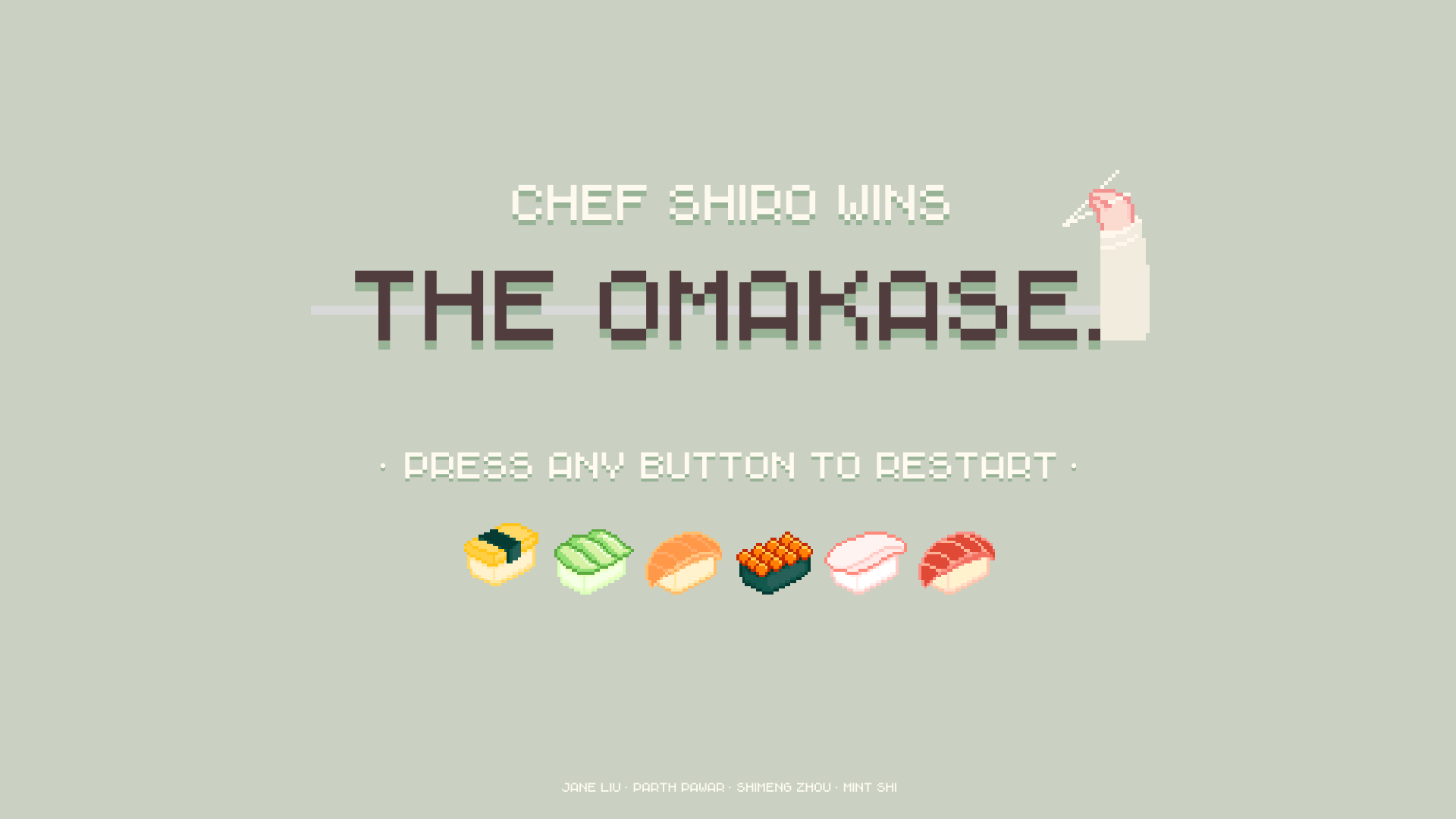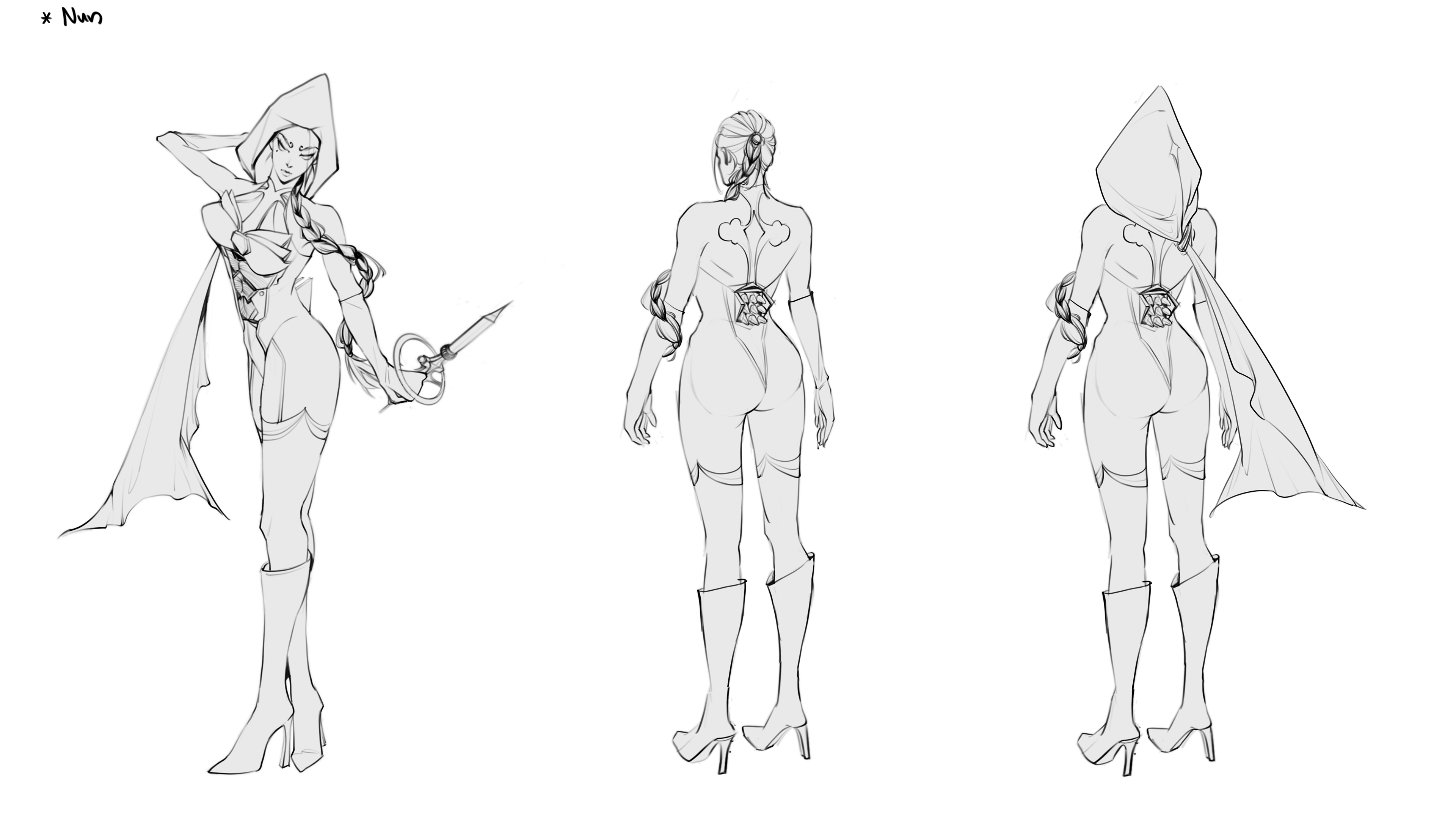Overview
The Omakase is a 2-player party arcade game. As two sushi chefs, you will compete against each other by serving different customers their feast. The arcade will have two sets of controls, each containing 8 buttons that will change color throughout the gameplay. You need to serve, quick and accurate, though, you will get messy.
This game uses Unity engine and incorporates serial communication with an Arduino Uno. By setting up message listeners on both Unity side and Arduino side, it manages to establish real-time two-way communication & control over the arcade buttons built-in with Neo-pixels.
Gameplay Demo
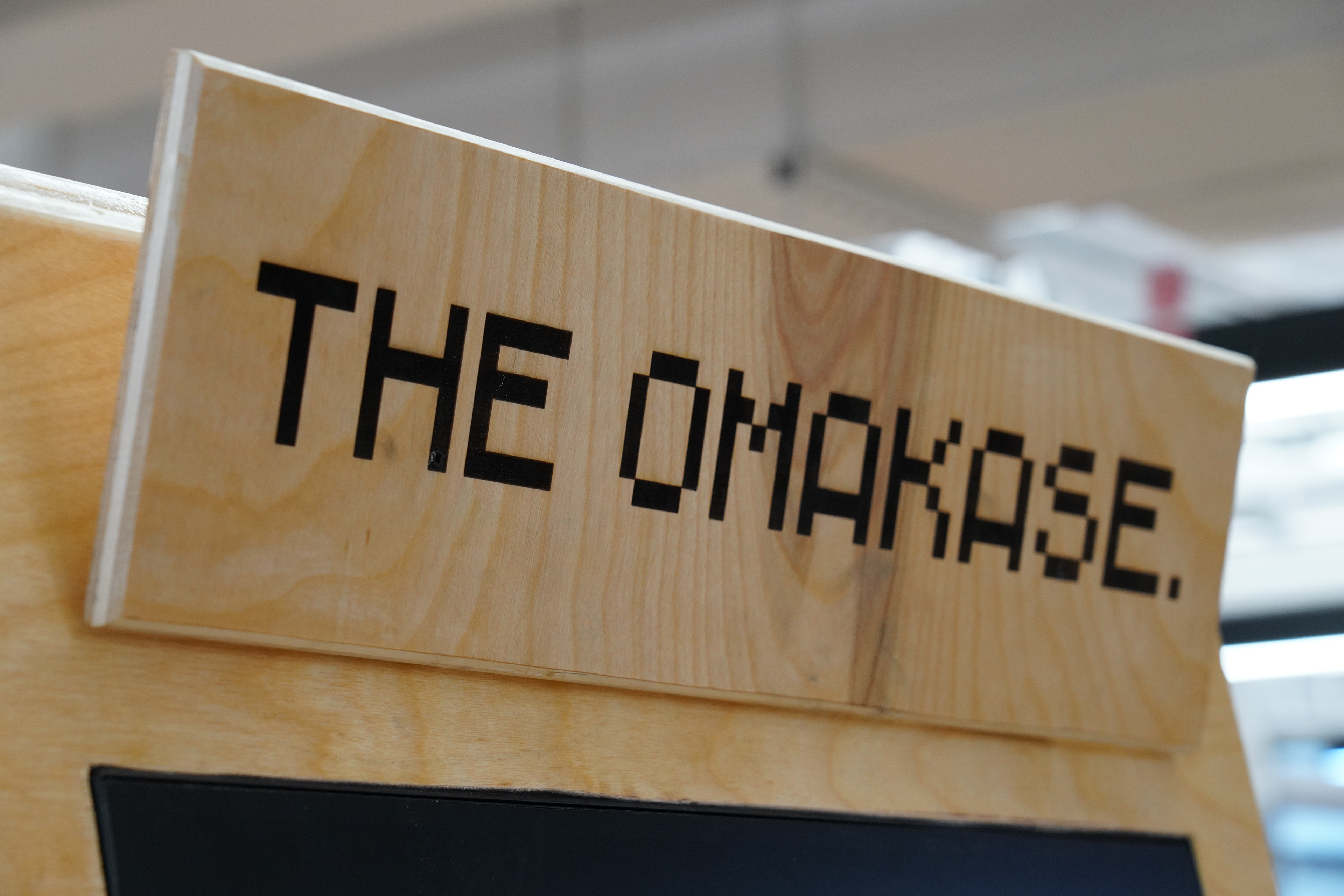

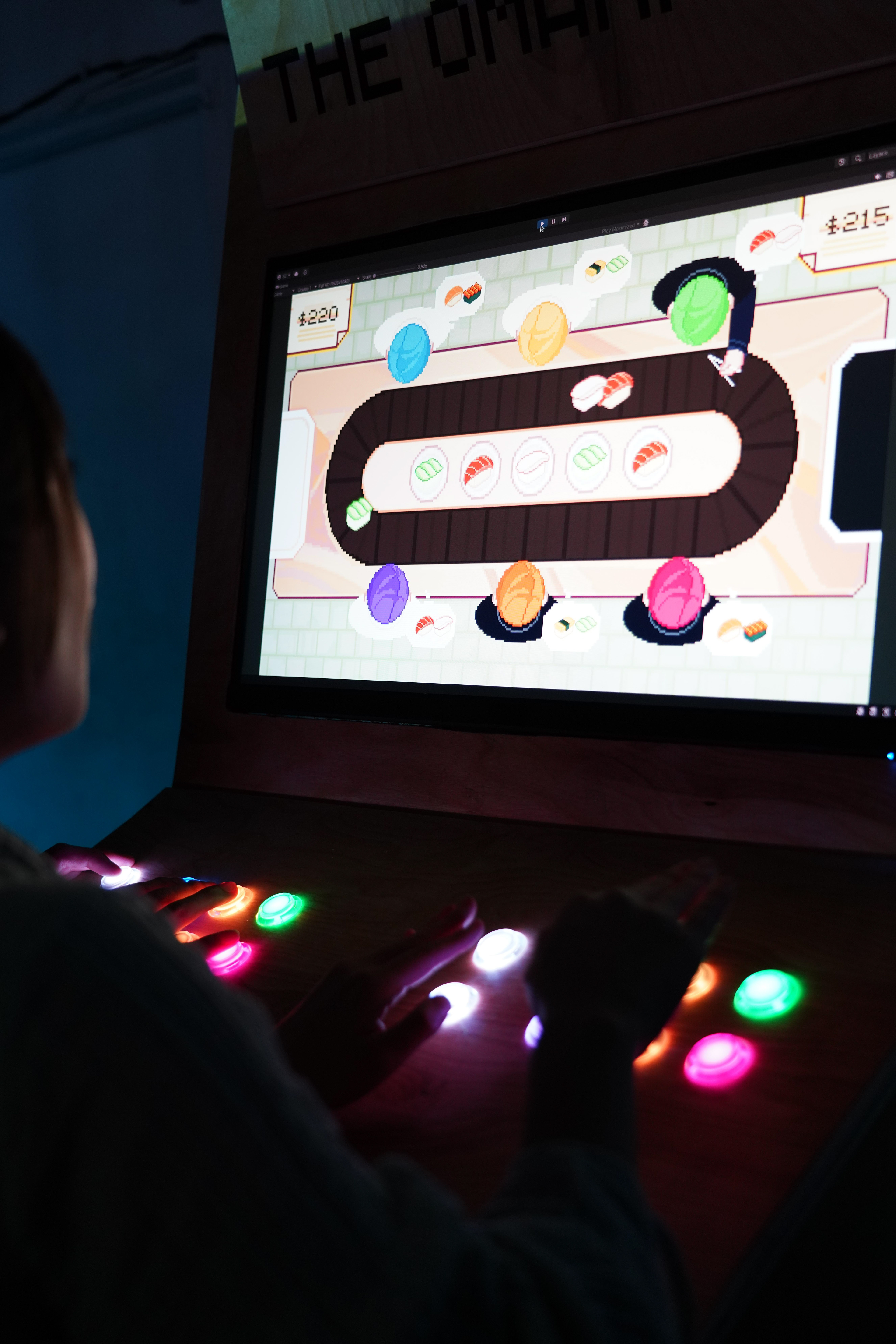

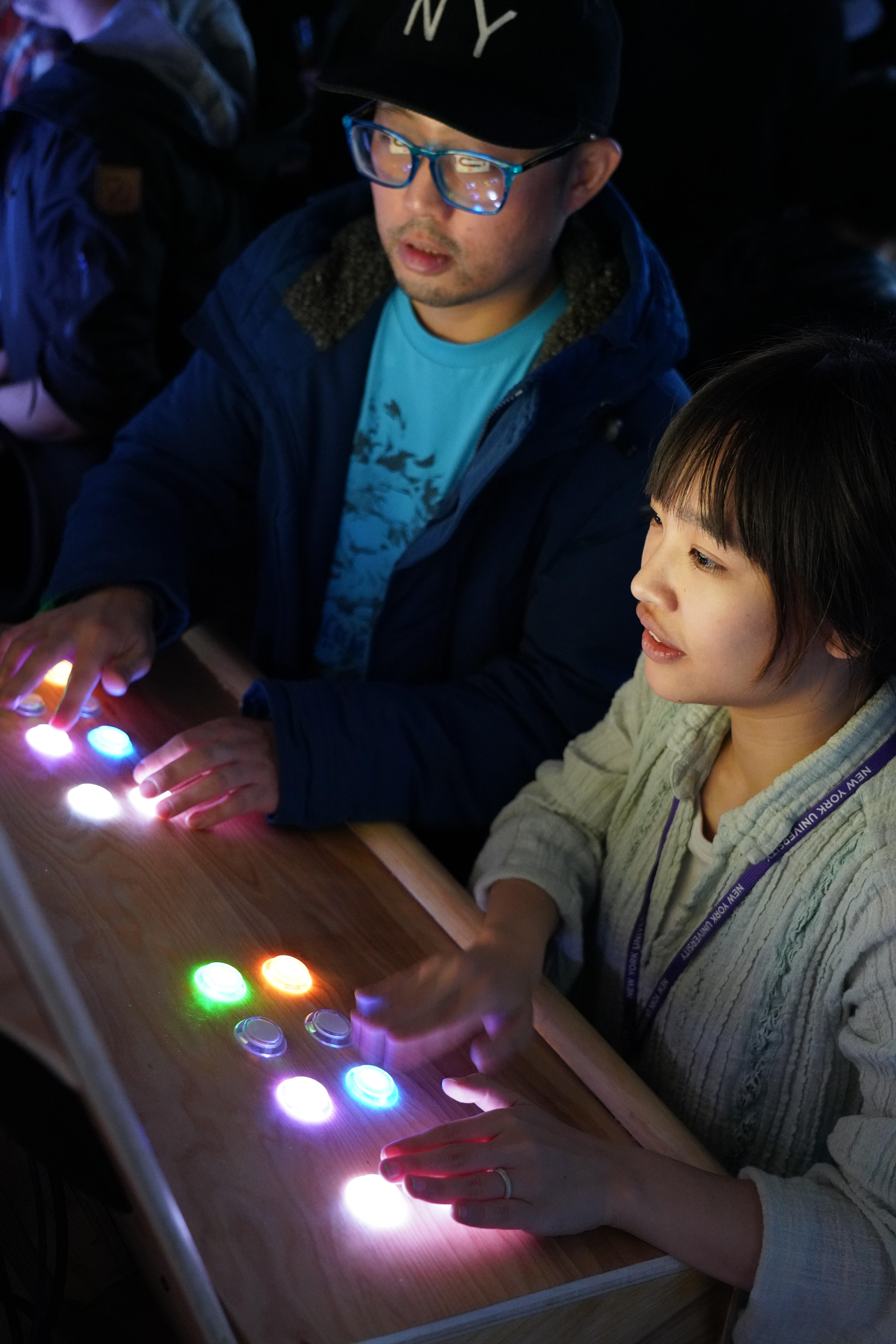

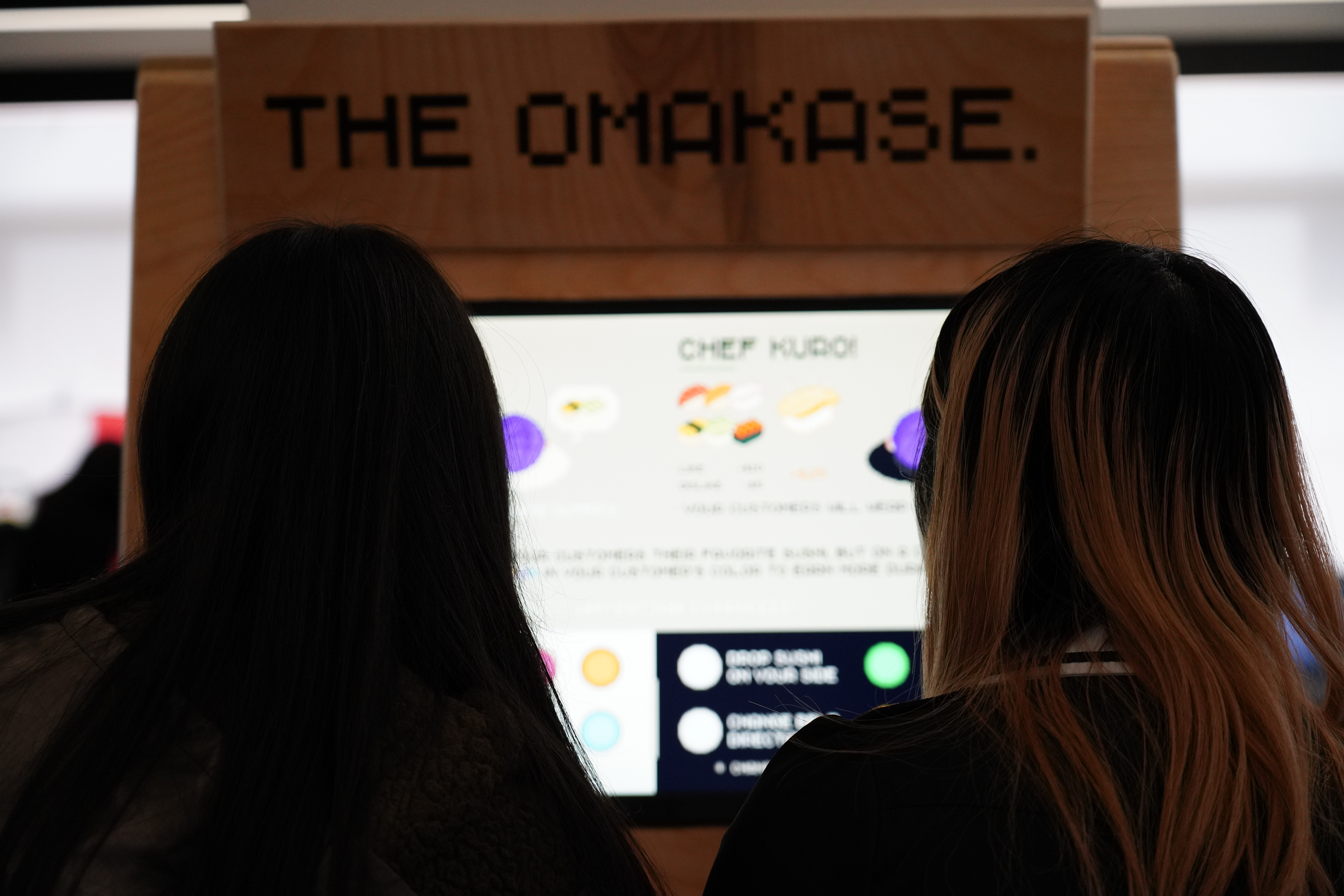

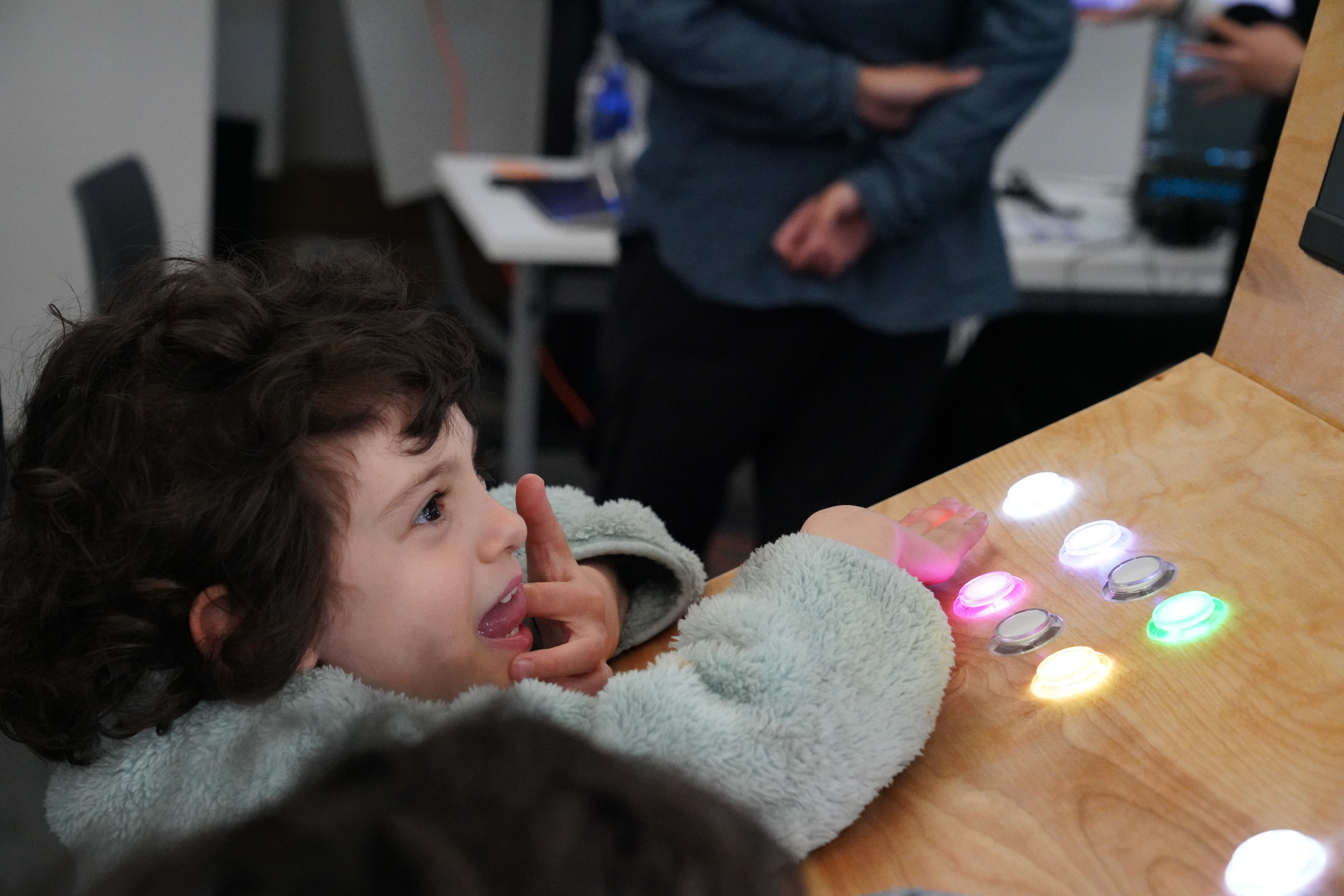
Early Prototypes
Our design goal for this arcade is to create a happy, messy, and micro-aggressive arcade game that is based upon 2-player interactions.
Our original design ideas came from an urge to sort the traffic on highways/in parking lots. All of our group members shared the same obsession to organize different things and put them into places that follow particular rules. In this case, the colors.
Our first prototype depicts a cross on the street while players have to sort different colors of cars to their designated routes (fig.1). In this case, players need to control the traffic lights to complete their goals. We were very into the idea of having one player controlling one horizontal lane while the other controlling the vertical one. While depending on players' actual position standing in front of the arcade machine, each player might get different screen information if they were standing either on the left side or the right side.
Thus, we iterate this idea to a moving conveyor belt that each player will share the same screen information that reinforces in-game balance. (fig.2)
First Prototype
Second Prototype
Early Proposal
Playtest and Iteration
After attending the public playtesting session hosted by NYU Game Center, we collected valuable qualitative and quantitative feedback and changed the following:
1. Add an instruction page with detailed mapping explanations of the controls. Since we have 8 for each player and 16 buttons in total on the panel, the onboarding process took way longer while we as designers still had to explain the rules to testers. *We were planning to make a tutorial for better player instruction and on-boarding but we were out of time. For future iterations, we will include a step-to-step instruction for
2. Adjust the score for the Golden Sushi. It was previously set to a higher score of 125 PT as we intended to make it a rubber-banding mechanic for the player who falls behind to catch up. After several rounds of playtesting, we found that
3. Avoid meaningless spamming. We have noticed that some of the testers were spamming the keys/buttons without playing with strategies. This playstyle often associates with insufficient motivation to abide the rules or a passive attitude against a hard-to-understand mechanic. To limit that behavior, we give both players literacy in controlling which sushi will drop on their side, trying to empower and motivate players to make meaningful choices.
In-game Interface and Screenshot
